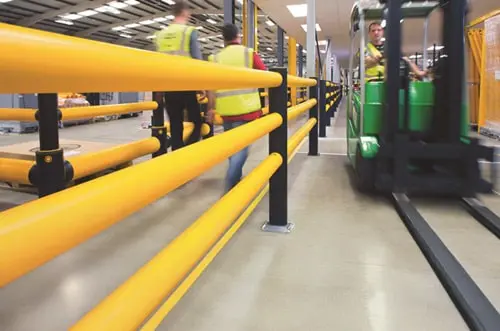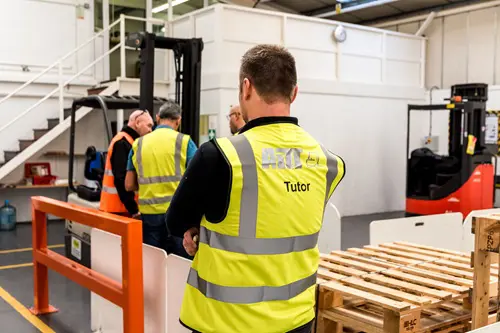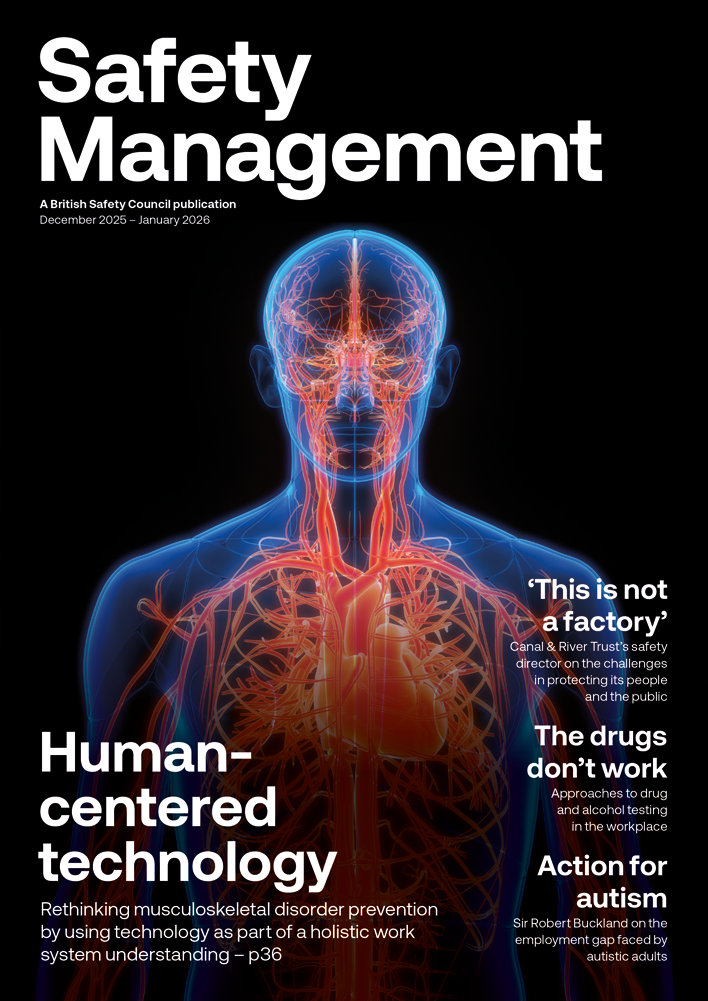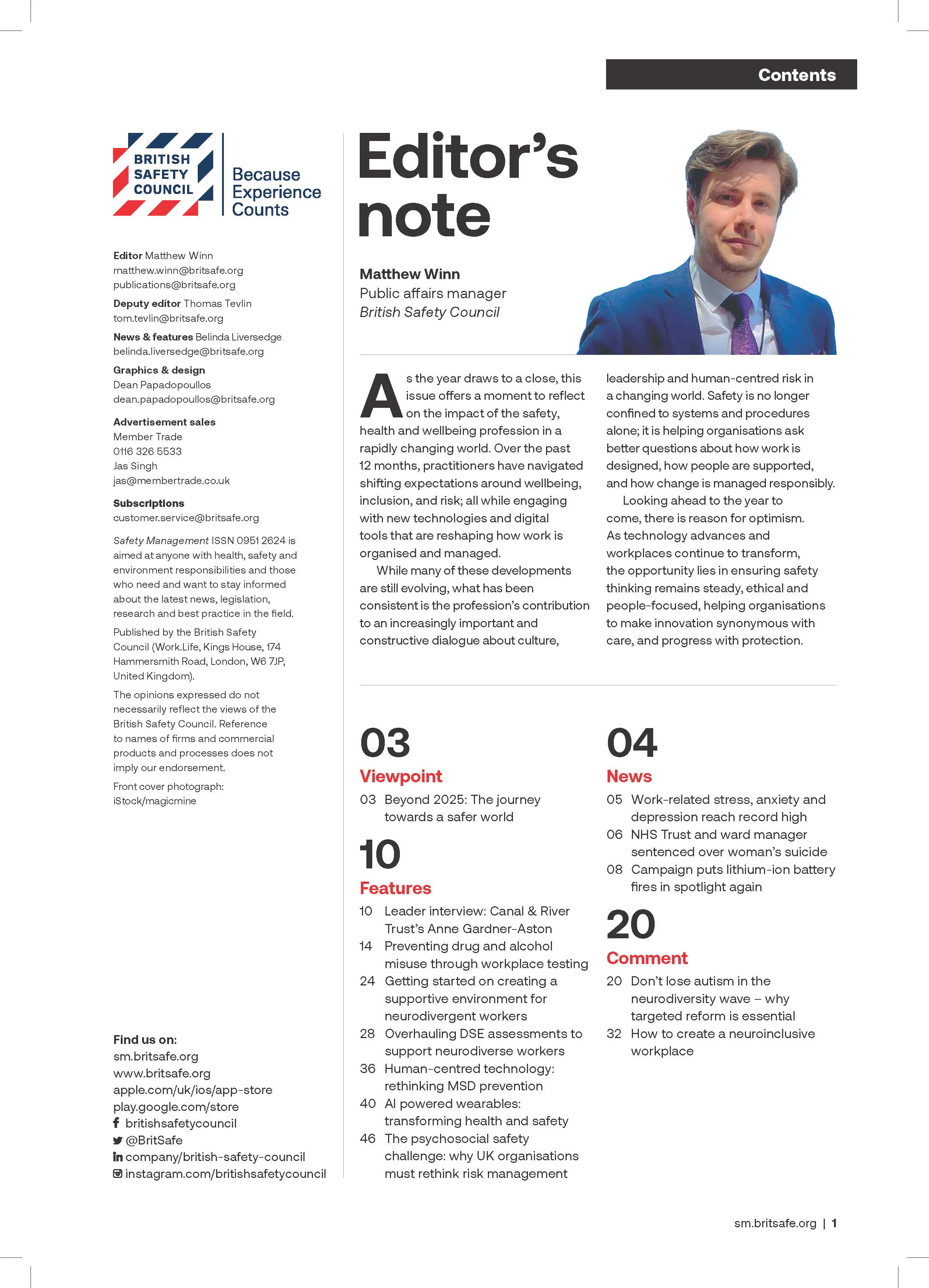Last July the authors published an article in Safety Management where we looked at the expectations for those responsible for managing competence and those creating and managing the golden thread. In this edition we provide an update on both these key requirements of the Building Safety Act/Fire Safety Act’s ‘new regulatory regime’ including for higher-risk buildings (HRBs).
Features
A year on – what have been the developments in competence management and the golden thread?
On 14 June 2017, 72 individuals lost their lives to the fire at Grenfell Tower. Already eight years have passed since this tragic event, which provided the catalyst for the ‘new’ regulatory regime. Several major incidents took place before (for example, a structural collapse at Ronan Point in May 1968, and the Lakanal House fire in July 2009 to name just two), yet an adequate response to either of these fatal incidents was found missing. This time around, the ‘new’ regime was expressly intended to be ‘disruptive’ – which it continues to be. ‘Things’ do have to change.
While it is known and expected that change takes time – for example the ‘culture’ in the construction industry, as Dame Judith Hackitt consistently reminds us, must improve, and rapidly – other matters can, and should be, addressed immediately – or at least should have started on a trajectory of improvement.
 In June 2025, the Industry Competence Committee (ICC) published a draft document for consultation about what they will consider ‘good’ to look like for competence management. Photograph: iStock
In June 2025, the Industry Competence Committee (ICC) published a draft document for consultation about what they will consider ‘good’ to look like for competence management. Photograph: iStock
Individual competence
In our July 2024 article we referred to the then newly published BS 8670‑1:2024; Competence frameworks for building safety: Part 1: Core criteria – Code of practice. By now everyone within the built environment sector should have read this, and should have mapped the competence requirements for their work as an individual, (defined as Skills, Knowledge, Experience and Behaviours or SKEB), against the criteria set out in this framework document, or any consequent sector/profession specific competence framework.
Where gaps in individual competence have been identified, they should be filled. Work is currently ongoing to deliver guidance to organisations on how they will need to manage the competencies across their organisation. More on that below.
We all have a defined function within the organisation we work for. By this we do not mean the job title, rather we mean the totality of actual work activities we are expected to deliver, or the functions we are expected to deliver to a client on behalf of the organisation we work for.
Unfortunately, in reality, these functions are often ill defined. We would urge everyone to reflect carefully exactly what it is the organisation asks them to deliver and to be certain that they, as an individual, have all the SKEB necessary to deliver on those expectations. Having used BS 8670–1:2024 (or any existing profession-specific framework built on BS 8670–1, such as PAS 8671 for Principal Designers, PAS 8672 for Principal Contractors, or PAS 8673 for those managing buildings in the occupation phase, etc…) to assist in this evaluation, where gaps are identified – fill them!
This may be by getting further formal training or by being properly supervised by someone who does. ‘Supervision’ in this new regime means exactly that: proper and thorough tuition as we progress through our career, and new projects, to the extent that the appointed supervisor checks off the work of the supervised as if it were their own.
It is a legal requirement for people to be competent to deliver building safety work under the new regime (which extends far beyond HRBs). If you work outside your competence, and get it wrong, the penalties can be high – for both the individual (who should not have taken it on), and their organisation, (which should not have allowed it to happen). This is, naturally, far more critical if the work undertaken could have criticality in either health and safety or building safety.
Individual competence cannot be gained or maintained overnight, hence the renewed focus on experience and skills. Qualifications gained at a specific point in time will not sustain competence for ever, by themselves; they are NOT a guarantee of competence. Continuous professional development (by which we mean activities undertaken by an individual to maintain and develop competence, including formal and informal learning, self-assessment, obtaining feedback and identifying areas for improvement), that can be measured and evaluated, is essential. In addition, it will be important to be able to evidence the ‘behaviour’ quotient of SKEB as well (as included in BS 8670–1 and any consequent sector/profession specific competence frameworks).
So, please read BS 8670–1 or the relevant competence framework and start building your own, individual, portfolio to evidence that you, personally, have the appropriate SKEB to deliver the function(s) your employer expects of you. This will be a dynamic record as your ‘functions’ and associated competence requirements will change throughout your career. An added incentive is that we expect recruiters and HR to be recruiting to fill specific functions in their organisation – not a job title.
 It is a legal requirement for people to be competent to deliver building safety work under the new regime. Photograph: iStock
It is a legal requirement for people to be competent to deliver building safety work under the new regime. Photograph: iStock
Organisational capability (for the purposes of this article: management of competence in an organisation)
In June 2025, the Industry Competence Committee (ICC) – one of three statutory committees of the Building Safety Regulator – published a draft document for consultation about what they will consider ‘good’ to look like for competence management.
We anticipate publication of its next iteration by September 2025, containing high-level principles for what good looks like for both individuals and organisations when it comes to competence management. While initially a high-level document, we anticipate the content will be transformed into a formal British Standard (BS). The expectation is that the BS will provide more detailed recommendations for core criteria for organisational capability, including the management of competence in organisations. The timeline for this BS is about two years.
But back to the draft ICC competence document, which defines ‘competence management’ as:
“To meet regulatory requirements on organisational capability organisations will need to manage the competence of those working for them. This will mean having the right management policies, procedures, systems, resources and controls to:
- Ensure they have enough people with the necessary skills, knowledge, experience, and behaviours (SKEB) to meet all duties and obligations.
- Ensure individuals:
- Have the necessary SKEB for their roles
- Work within a framework that defines roles and responsibilities
- Do not perform tasks beyond their competence
- Are properly supervised if in training
- Are supported in continuous professional development.
3. Confirm that partnering organisations can meet their duties and obligations.
4. Promote transparent communication and relationship management between
clients, duty holders, and occupiers.
5. Demonstrate ethical behaviour and support a culture of safety, wellbeing and
diversity
6. Measure and evaluate how well its competence management system is working.
“The goal of these activities is to ensure the organisation has the capability and collective competence to meet the organisations’ objectives and legal requirements. The organisation needs to support these activities by fostering a suitable organisational culture.”
 The golden thread is a legal requirement with two, quite specific, purposes. The first purpose, during design and construction, is to gather all the information necessary to evidence that the work has been undertaken in compliance with Building Regulations. Photograph: iStock
The golden thread is a legal requirement with two, quite specific, purposes. The first purpose, during design and construction, is to gather all the information necessary to evidence that the work has been undertaken in compliance with Building Regulations. Photograph: iStock
The draft document also outlines expectations of a good ‘organisational culture’:
“A positive organisational culture creates an environment where competence can flourish by promoting trust, accountability, continuous learning, and ethical behaviour.
“Without a supportive culture, even the best frameworks, systems, and processes for competence management may fail.
“A suitable organisational culture is one that promotes safe and effective practices and is directed towards the aim of creating safe buildings for occupants. This aim should inform the values, beliefs, and behaviours that support the goals and mission of the organisation. Such a culture will enhance employee satisfaction and drive overall organisational success.
“It typically includes:
- Leadership throughout senior and middle management.
- Integrity: promoting honesty and ethical behaviour.
- Openness and trust: encouraging organisations and individuals to recognise their limits, ask for help, and speak up about concerns.
- Teamwork: encouraging collaboration and support among employees and stakeholders.
- Transparency: ensuring open communication and clear decision-making processes.
- Accountability: holding individuals responsible for their actions and performance.
- Inclusivity: fostering a diverse and inclusive environment where all employees feel valued and respected.
- Continuous improvement: encouraging ongoing learning and development.”
While ‘draft’ the document clearly outlines the direction of travel for competence management, and what is expected around organisational culture.
A key component of ‘culture’ is set out in the paragraph that states “A suitable organisational culture is one that promotes safe and effective practices and is directed towards the aim of creating safe buildings for occupants”.
The crucial purpose of driving organisational capability through industry is to change industry outcomes from cutting corners/bolstering a bottom line to providing SAFE BUILDINGS, across all stages of the built environment, including the design element, the construction period and the long-tail management of buildings in use. While much of the focus of the Building Safety Regime is on higher-risk residential buildings – how should this aim also apply to any other structure?
The draft ICC document is very clearly pointing to the future expectations on organisations of all shapes/sizes/complexities – including SMEs – to ‘up their game’ to ensure (using that legally important word on purpose), that they only deploy competent individuals, or teams of individuals, to deliver work on their behalf. Do not forget a ‘project team’ is also an organisation put in place to deliver a specific task and as such this guidance applies equally to them.
As mentioned, there is a full British Standard anticipated which will provide the detailed guidance on how this effective management of competence can be evidenced and validated. Looking ahead, we can only anticipate that clients will wish to employ those (organisations) which have been externally validated ‘in compliance with BS XXX’. While these elements of accreditation/certification are not yet in place, work is ongoing to do so. One only has to look at how Building Control has become a ‘Regulated Profession’ and how Government has accepted the Grenfell Inquiry recommendation that Fire Risk Assessment (and therefore assessors) will also become a regulated profession.
Between the high-level ICC guidance, and the BS on organisational capability, industry will need more guidance on how to deliver against requirements – and industry is pulling together to provide a useful guide for organisations of all sizes. More news will follow on this in the months to follow.
Times are changing, implementation of the new regime has started, and compliance is needed now. While work is underway towards a BS 8670–1 for organisational competence management, we would point towards the HSE’s publication Managing Competence in safety related systems as a reference point for managing competence as an organisation, once you contextualise the principles to your operational deliverables, needs and applicable regulatory requirements.
The golden thread
The golden thread is a legal requirement (in England), with two, quite specific, purposes. The first purpose, during design and construction, is to gather all the information necessary to evidence that the work undertaken on or within an HRB (new build or while maintaining/refurbishing an existing HRB), have been undertaken in compliance with Building Regulations.
The removal of Section 35A of the Building Act 1984, Part 1, by the Building Safety Act 2022, Item 31 Part 3, means that for any contravention of Building Regulations since October 2023 the time limit for prosecution has gone. Therefore, the liability for contravention of the building regulations is unlimited in our view – this view is supported by legal advice. We would therefore strongly suggest that, whether or not you are working on an HRB, you may be sensible to maintain a ‘digital record’ of your work to provide evidence that the work you undertook complied with building regulations.
The golden thread is required to be operational at the Gateway 2 approval application stage and to have been updated and presented at Gateway 3 application for completion certificates. At Gateway 3 the forthcoming Accountable Person (AP) for the part of the building to which the building relates, and any other Responsible Person (regarding fire safety legislation) are required to sign-off that they have received the golden thread and that the information therein is suitable and sufficient for them (the AP) to undertake their duties to ‘manage building Safety Risk’ (Spread of fire and structural safety) – the second purpose for the golden thread.
Although much of the information is common, the use of that information may not be. The AP, and or their services providers, are required to keep the golden thread accurate and up-to-date.
So, whether you are legally responsible to have and maintain a golden thread, or your risk management regime determines you should hold a ‘digital record’ of your work, two significant guides have been published since last year:
- On 27 August 2024 the Construction Leadership Council published the Building Advisory Committee Golden Thread Working Group’s Golden thread guidance. This guidance is relevant for all duty holders involved in the design, construction or management of higher-risk buildings. The guidance is free to download here.
- On 25 May 2025 the Building Safety Alliance published guidance, which includes a list of all the legally required information and documents for the golden thread.
The guidance includes an assurance methodology to determine what information should be collected and maintained. This, too, can be downloaded free from
buildingsafetyalliance.org.uk/golden-thread-guidance
For more information see:
buildingsafetyalliance.org.uk
resolvegroup.co.uk
aps.org.uk
Sofie Hooper is Deputy CEO of the Association for Project Safety
Anthony Taylor is Managing Director at Resolve Risk Ltd
FEATURES

Underpinning safety training with neuroscience for long lasting impact
By SSE Active Training Team (ATT) on 30 November 2025
A behavioural safety training programme developed by Active Training Team for energy provider SSE has been carefully designed with neuroscientific principles in mind – resulting in a prestigious industry award for Best Training Initiative in 2024.

Why a painted line will never be enough
By UK Material Handling Association (UKMHA) on 20 November 2025
Businesses that operate material handling equipment like forklifts are being urged to submit accident and near miss details to a new confidential reporting portal so the industry can identify what needs to be done to improve safety standards.

Why workplace transport training is changing in 2026 and what it means for employers
By AITT on 26 November 2025
New workplace transport training categories due in January mean it is essential to ensure operators of material handling equipment have the necessary training for the exact type of machine they use, and accredited training providers are an ideal source of advice and conversion training.



